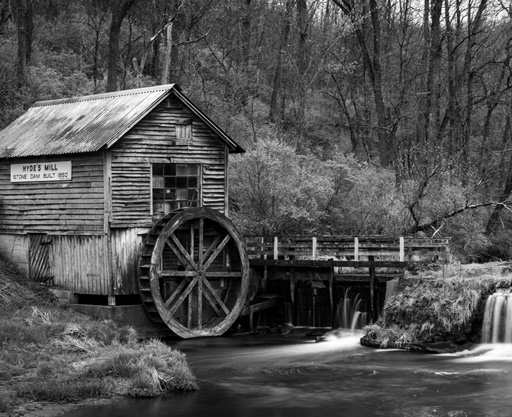Experiencing Wisconsin's Lumber Boom
Traveling through Wisconsin in the 1890s, I found myself immersed in the sounds and sights of an industry that had transformed the state into the nation’s lumber capital. It was astonishing to witness the sheer scale of logging and milling operations. The industry reached into nearly every aspect of Wisconsin’s economy, with towns like Stevens Point, Wausau, and Eau Claire bustling around their sawmills. As I walked through the camp, I was surrounded by a mix of towering trees and the unmistakable scent of pine, each trunk destined to become a building block for America’s rapidly growing cities.
As I moved on from this journey, I was struck by how deeply logging was embedded in Wisconsin’s culture and identity. The lumber produced here built everything from houses and doors to furniture, shipping boxes, and beams that shaped the Midwest’s cities. While the sight of clear-cut forests and the long, grueling workdays were humbling, I left with a newfound respect for the workers who braved the elements to build not only Wisconsin’s economy but America’s as well. For travelers revisiting this time, a stop in Wisconsin’s historic lumber towns and museums offers a window into a chapter that forever shaped the state.

The work itself was grueling and perilous, yet the camaraderie among the men was palpable. With over 23,000 men cutting trees and another 32,000 working the mills, it was clear that lumber was the backbone of the state’s economy. I joined a group of loggers who worked along the Wisconsin River—an essential highway for floating timber to the sawmills downstream. They shared stories of navigating dangerous rapids and narrow waterways, laughing about the near-misses and reflecting on the importance of each job. Yet, there was an awareness among them that the demand for Wisconsin’s seemingly endless forests of soft pine was coming at a cost.
I also visited northeastern Wisconsin, where logs floated down the Wolf River from forests on the Menominee Reservation to the sawmills in Oshkosh. Despite the obstacles—rough roads, dangerous waters, and the distance to markets—this region had grown into one of the nation’s top lumbering hubs, alongside the Black and Chippewa River watersheds in the northwest. It was a sobering experience to see how entire swaths of forest had been clear-cut, with little left but stumps in some areas. The Menominee and other groups had once depended on these woods for more than timber, and the effects of deforestation were already becoming visible.
